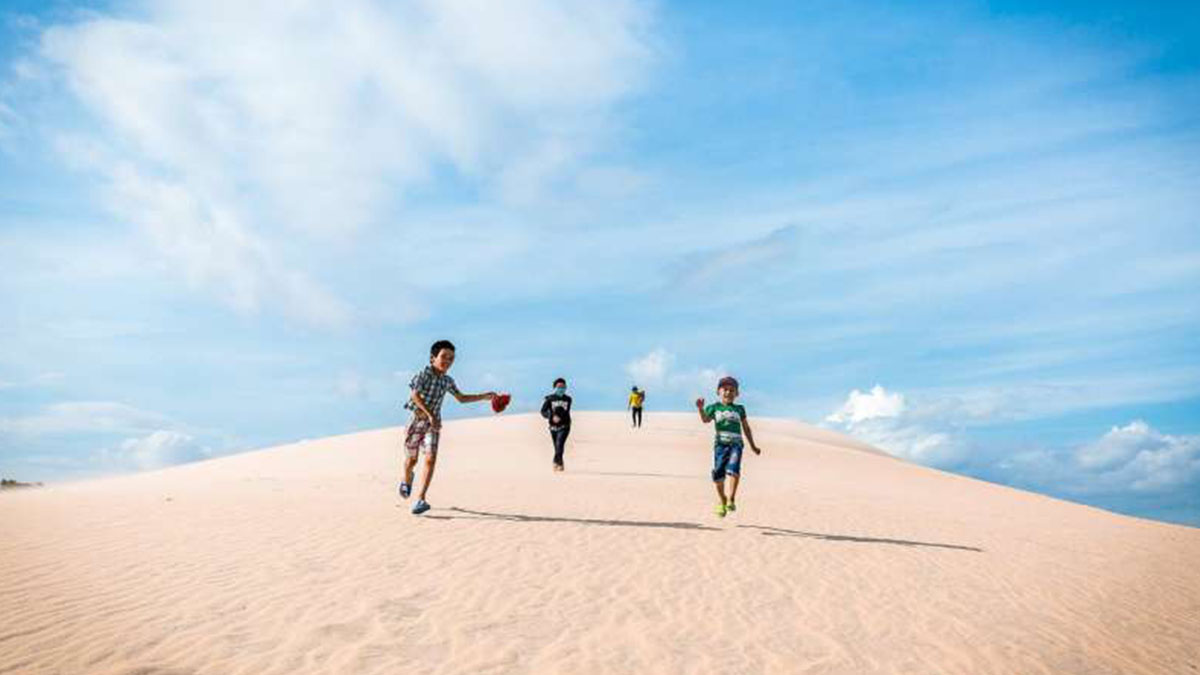
Extreme heat events are becoming more common worldwide, including in Australia, and their impacts extend far beyond discomfort. High temperatures pose significant health risks, especially for children, who are more vulnerable to heat-related illnesses like heat exhaustion and heat stroke. This article explores why children are at greater risk and offers practical tips to keep them safe and cool during heat waves.
Why Are Children More Vulnerable to Heat?
Physiology and Heat Regulation
Children’s bodies handle heat differently than adults due to their physiology. While they have a larger skin surface area relative to their body mass, which helps with heat dissipation through sweating, it also means they lose fluids and electrolytes more quickly, increasing the risk of dehydration.
Babies and younger children, in particular, have limited sweating capacity and struggle to regulate their body temperature effectively. This inability to cool down efficiently makes them prone to heat stress.
Behavioral Factors
Children are naturally more active outdoors, which can lead to increased exposure to high temperatures. Moreover, they may not recognize or communicate early signs of heat stress, such as excessive sweating or dizziness, making them less likely to take preventive actions.
Heat and Children’s Health: Key Findings from a Study
A recent study conducted in New South Wales (NSW) assessed the health impacts of extreme heat on children. The research analyzed emergency department (ED) visits and hospital admissions for children aged 0–18 years between 2000 and 2020. The findings revealed:
- Heat-Related Illness: Hospital admissions for heat-related conditions were 104% more likely during heat wave days compared to milder days. ED visits also increased by 78%.
- Infectious Diseases: Hot weather correlated with a rise in infections, including food poisoning (infectious enteritis), ear infections, and skin infections.
- Infants at Higher Risk: Babies under one year of age faced a significantly higher risk of hospital admissions during heat waves due to their inability to regulate body temperature effectively.
Increased Infection Risks
Heat and humidity create favorable conditions for bacteria, viruses, and fungi to thrive. For example:
- Food Poisoning: Warmer temperatures promote bacterial survival on food, increasing the risk of illnesses like salmonella.
- Ear Infections: Swimming and water activities often leave moisture in the ear canal, creating an environment for infections.
Tips for Keeping Children Cool and Safe
1. Avoid Stroller Heat Traps
A common mistake parents make is covering strollers with a cloth to block sunlight. Studies show this can raise stroller temperatures by 3–4°C. Instead:
- Use a damp cloth combined with a small fan to lower the temperature inside the stroller.
- Re-wet the cloth every 15–20 minutes to maintain the cooling effect.
2. Stay in the Shade
Shade is essential for reducing direct heat exposure. Remember, temperatures in the sun can be up to 15°C higher than those reported in weather forecasts.
3. Time Outdoor Activities Wisely
Plan outdoor play or exercise during cooler parts of the day, such as early mornings or late evenings. Keep activities short and provide frequent breaks in a shaded or cool area.
4. Keep Skin Cool
- Spraying water on children’s skin, including their arms, legs, and torso, can help lower their body temperature.
- Wet hats can also offer additional cooling.
5. Ensure Proper Hydration
- Encourage children to drink water regularly, even if they don’t feel thirsty.
- Include water-rich foods like watermelon, oranges, and cucumber in their diet to boost hydration.
6. Dress for the Heat
Lightweight, loose-fitting, and light-colored clothing helps keep children cool. Avoid dark-colored or tight clothes that trap heat.
Vulnerable Groups: Special Considerations
Infants and Toddlers
Babies are entirely reliant on caregivers to manage their heat exposure. Avoid exposing them to direct sunlight, and never leave them in a parked car, even for a short time.
Families in Disadvantaged Areas
Children from lower socioeconomic backgrounds may face higher risks due to limited access to air conditioning or residing in urban heat islands. Parents in these circumstances should prioritize staying in community cooling centers if available.
Take Action to Protect Your Child
As heat waves become more frequent and severe, it’s crucial to understand the risks and take proactive steps to protect children. Simple measures like staying hydrated, avoiding direct sun exposure, and using creative cooling methods can significantly reduce the risk of heat-related illnesses.
By staying vigilant and informed, parents can ensure their children remain safe, comfortable, and healthy during extreme heat events.
References
- The Conversation: Research findings on heat waves and children’s health.
- NSW Health: Heat-related illness prevention guidelines.
- Environmental Health Perspectives: The impact of heat and humidity on infectious diseases.
